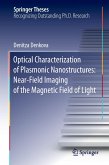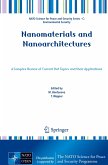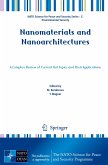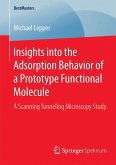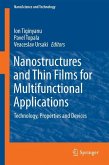Johannes Schötz presents the first measurements of optical electro-magnetic near-fields around nanostructures with subcycle-resolution. The ability to measure and understand light-matter interactions on the nanoscale is an important component for the development of light-wave-electronics, the control and steering of electron dynamics with the frequency of light, which promises a speed-up by several orders of magnitude compared to conventional electronics. The experiments presented here on metallic nanotips, widely used in experiments and applications, do not only demonstrate the feasibility of attosecond streaking as a unique tool for fundamental studies of ultrafast nanophotonics but also represent a first important step towards this goal.
"The author develops the subject with an introduction and five chapters which treat the theoretical background, the experimental methods and set-up, the electron scattering in solids, and the attosecond streaking from metal nanotips. ... The subject is treated in a self-consistent way so that the reader is put in conditions to understand the subject without any previous knowledge. ... The book may be of some utility for other students wishing to start experiments in the field." (Mario Bertolotti, Contemporary Physics, Vol. 58 (4), July, 2017)


